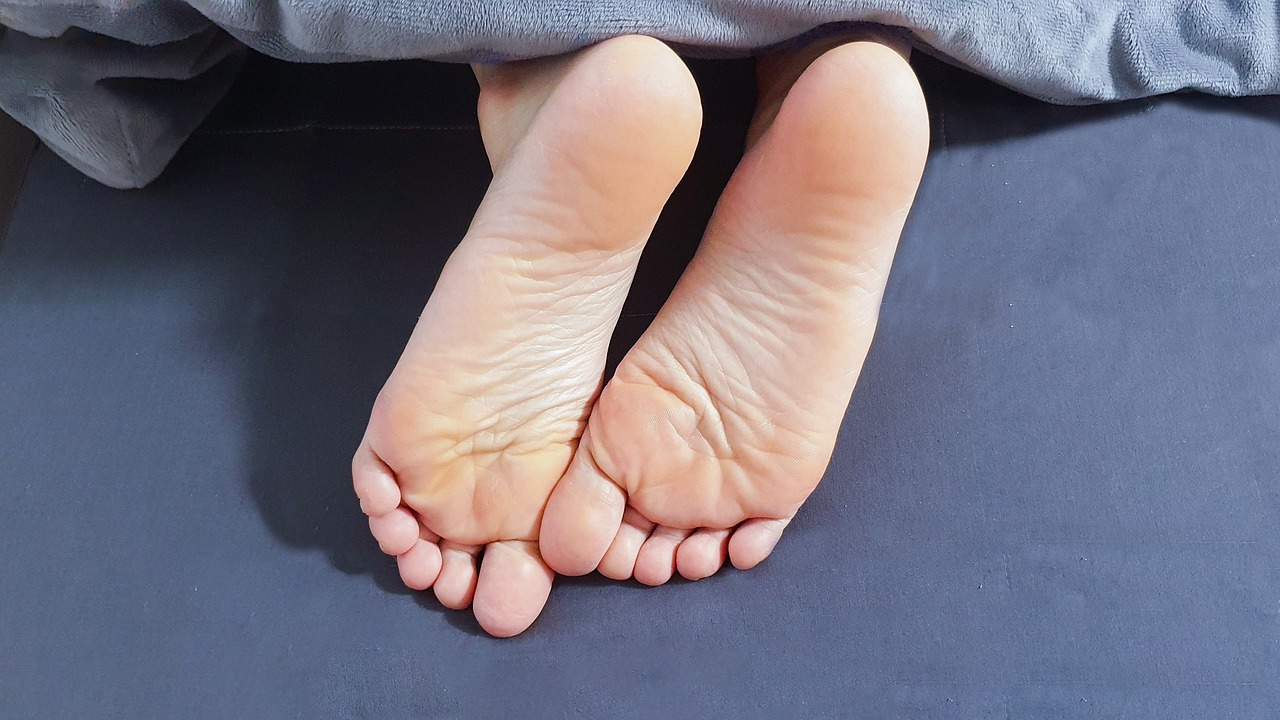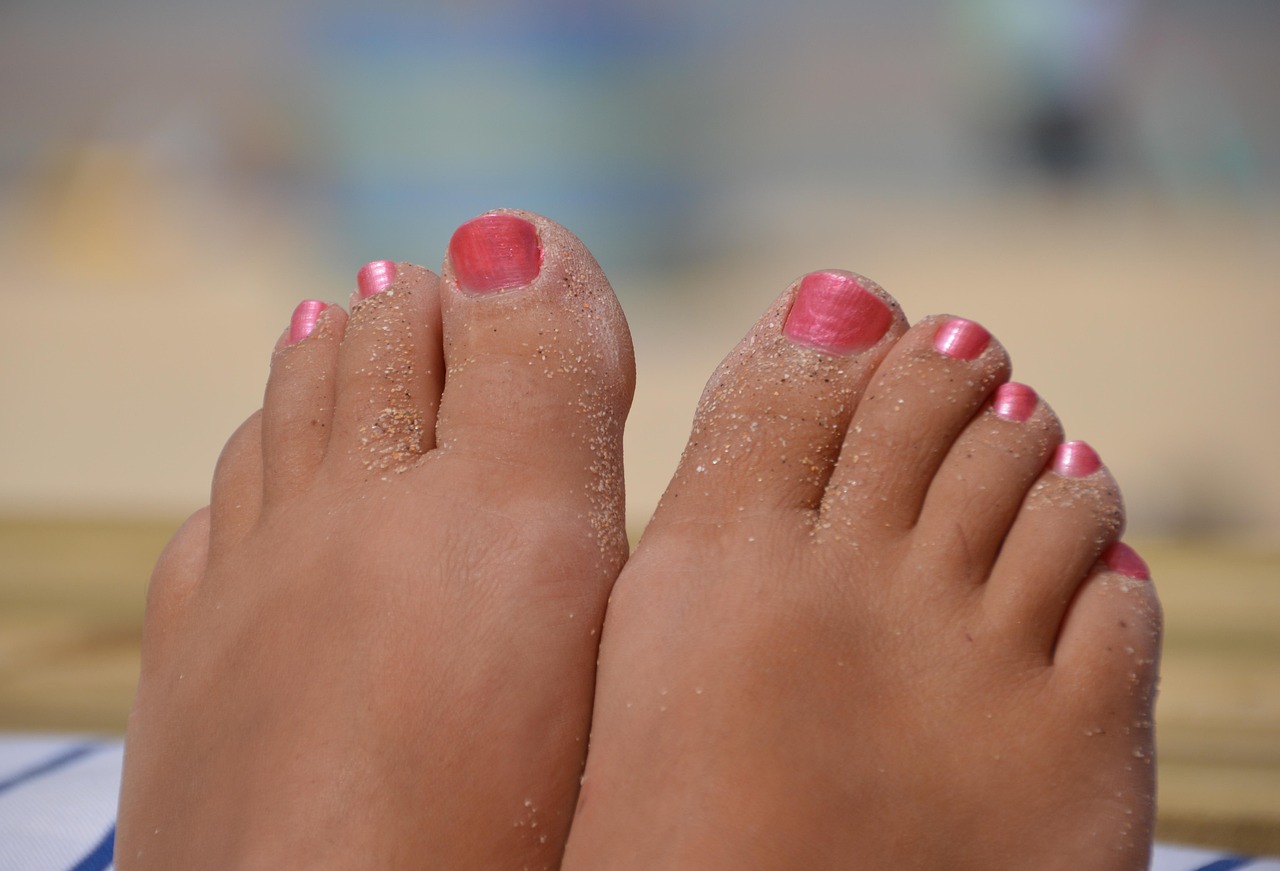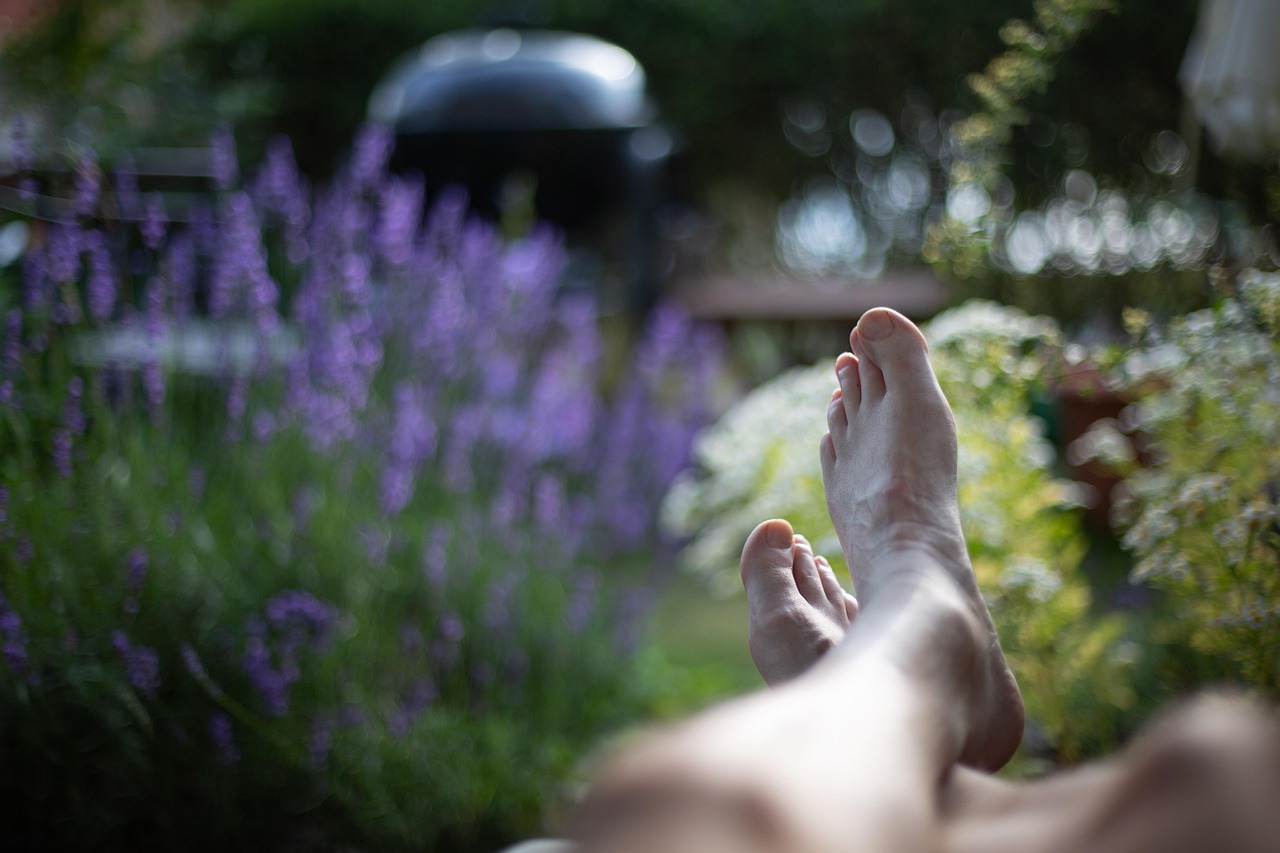You might think cracked heels are simply the result of dry skin or uncomfortable shoes — and often, that’s true. But in some cases, your heels are trying to tell you something deeper about your overall health.
Cracked, thickened, or inflamed skin on your heels can reflect underlying medical conditions, nutritional deficiencies, or lifestyle imbalances. In this guide, we’ll explore the connection between cracked heels and health, and show you when it’s time to take a closer look at more than just your foot cream.
Table of Contents
ToggleCracked Heels and Health: What’s the Link?
While dryness, friction, and neglect are common causes of heel cracks, persistent or severe fissures may indicate internal imbalances or chronic conditions.
Here are a few health issues that could be hiding behind those damaged heels:
🔍 1. Dehydration & Poor Nutrition
Your skin reflects what’s happening inside your body. Lack of water, vitamins, and essential fatty acids can make your skin — especially the thick skin on your heels — brittle, dry, and more likely to crack.
Signs:
- Flaky, dull skin on feet and hands
- Cracks that won’t heal despite moisturization
What helps:
Stay hydrated, eat a balanced diet rich in omega-3s, and apply nourishing products like
👉 Lapitak Foot Care Cream daily.
🩺 2. Thyroid Issues
Both hypothyroidism and hyperthyroidism can affect your skin’s ability to retain moisture, causing dry, thickened, or peeling heels.
What to look for:
- Cracks that don’t improve with topical treatments
- Cold intolerance, fatigue, or unexplained weight changes
Consult a healthcare provider if these symptoms sound familiar.
🍬 3. Diabetes
People with diabetes are at higher risk for cracked heels and infections due to poor circulation and nerve damage in the feet.
Warning signs:
- Deep, painful cracks
- Numbness or tingling
- Wounds that heal slowly
In this case, cracked heels are more than cosmetic — they’re a medical concern. Use creams like
👉 Lapitak Cream for Cracked Heels to protect and soothe, and check your feet daily.
🧬 4. Skin Conditions (Psoriasis, Eczema)
If your cracked heels are accompanied by redness, scaling, or inflammation, you might be dealing with a chronic skin condition.
What helps:
Use gentle, fragrance-free creams. Avoid over-scrubbing. Consult a dermatologist for a confirmed diagnosis.
💡 Your feet speak volumes — are you listening? Learn how cracked heels and health go hand in hand, and take action today.
When to See a Doctor
If your cracked heels are:
- Bleeding or showing signs of infection
- Not healing after 1–2 weeks of treatment
- Accompanied by other symptoms (fatigue, swelling, numbness)
…it may be time to consult a healthcare provider for further evaluation.
What You Can Do Daily
While some causes are internal, daily care is still key to preventing worsening symptoms.
Step-by-step routine:
- Clean feet daily with warm water
- Exfoliate gently 2–3x/week
- Apply Lapitak Cream for Cracked Heels generously at night
- Use cotton socks to lock in hydration
- Use foot care products made for sensitive, dry skin
Final Thoughts: Don’t Ignore the Signs
Cracked heels might start on the surface — but sometimes, they point to something deeper. Whether it’s dehydration, diabetes, or a skin condition, your feet may be revealing important clues about your overall health.
👉 Trust The Beauty Pure to support your skin from the outside in — and don’t hesitate to get medical insight when your heels are telling you more.





